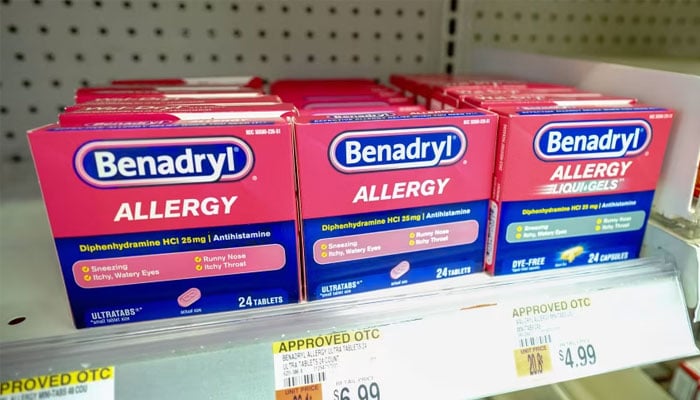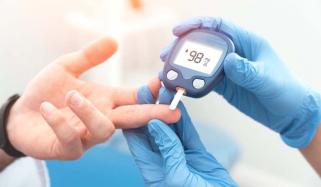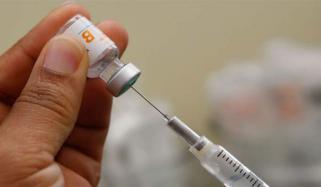
The Food and Drug Administration (FDA) issued a warning against the overhyped “Benadryl Challenge,” a TikTok trend involving high doses of diphenhydramine (Benadryl) in 2020 to induce hallucinations.
The agency cautioned that consuming high levels of disease may pose serious health issues, such as coma, seizure, cardiac arrest, and may even lead to death.
These recent difficulties prompted James Clark, MD, assistant professor in the School of Medicine at Johns Hopkins University, and co-authors Eli Meltzer, MD, and Robert Naclerio, MD, to review diphenhydramine and supersede it with second-generation antihistamines with similar properties and less adverse effects.
“This is a medication that's been around for nearly 80 years, and a lot of people use it and it has very good effects. The pharmacist is often the person who is one of the few people who meets and confronts a lot of patients, and I think it's just making sure that patients are aware of the risks associated with it,” Clark stated.
What is Diphenhydramine used for?
Diphenhydramine is used to treat allergies, motion sickness, insomnia, and more.
As a first-generation antihistamine, it imposes anticholinergic effects on individuals who consume it, causing dizziness, constipation, blurred vision, and more.
Long-term use may be associated with a neurodegenerative disorder, dementia.
Overdose may cause hallucinations, urinary retention, tachycardia, and more.
Health experts advised consuming second-generation antihistamines such fexofenadine, cetirizine, and more that offer similar results with reduced adverse effects.
However, it may cause severe disruption in sleep quality.
Pharmacists play a pivotal role in guiding and treating patients on safe OTC use, detecting drug interactions, and spreading awareness regarding allergy management.
















